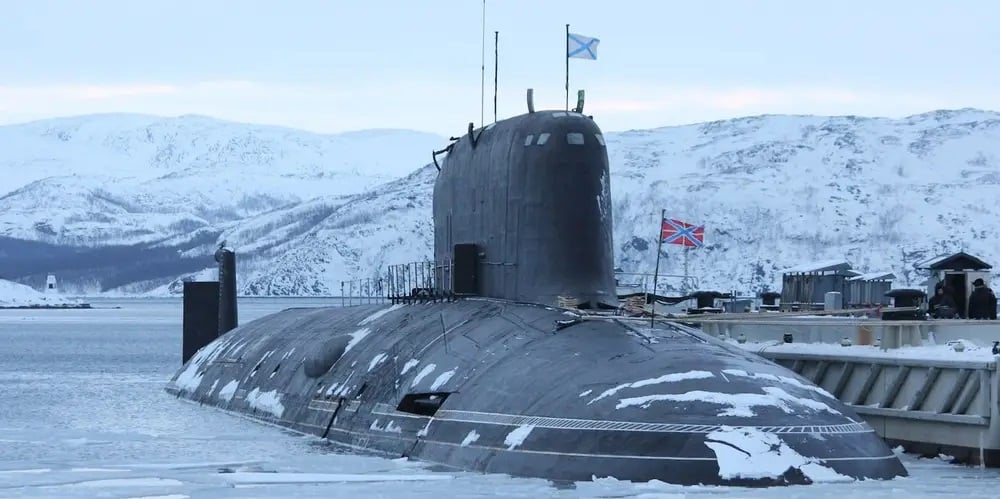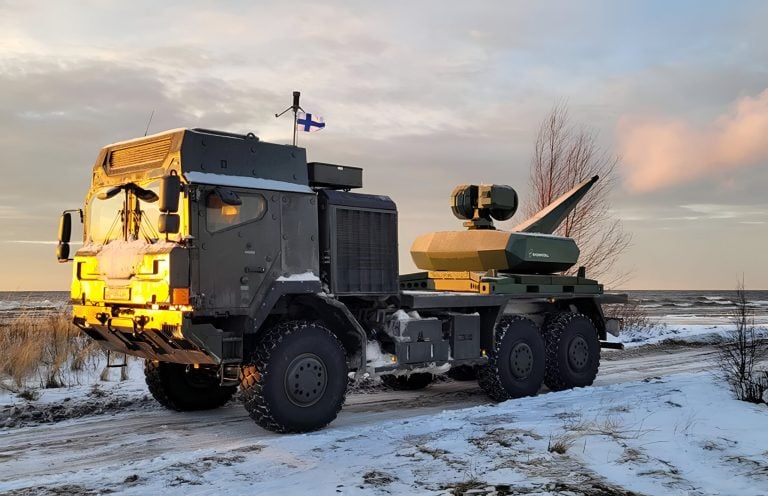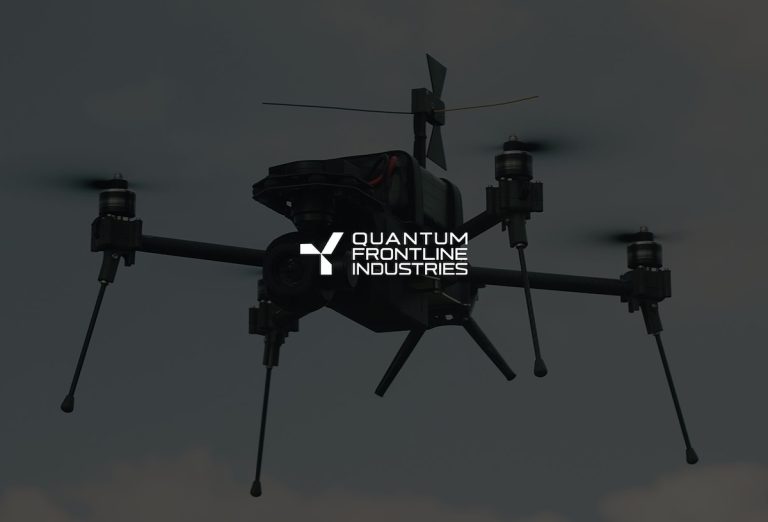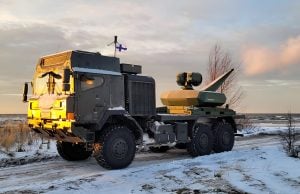Russia has officially launched its first nuclear submarine equipped with the Zircon hypersonic cruise missile, marking a significant advancement in its naval capabilities. The submarine, named Perm, is the sixth of the Yasen-class Project 885/885M vessels and is anticipated to join the Russian Navy’s Pacific Fleet in the coming year.
During the launch event at the Sevmash shipyard in Severodvinsk, Russian President Vladimir Putin commended the nation’s naval personnel and shipbuilders, asserting the importance of the event. “Today, in Severodvinsk, at the legendary Sevmash, a new multipurpose nuclear submarine Perm is being launched,” he said. He further noted that this submarine represents a continued commitment to the serial production of modern submarine missile carriers, highlighting that it is the fifth nuclear submarine of the Yasen-M project.
The Yasen-class submarines, including the newly launched Perm, differ from earlier Russian nuclear attack submarines in that they are designed as multi-role platforms. These vessels have the capability to strike both naval and land-based targets using vertically launched cruise missiles, in addition to fulfilling their traditional roles as hunter-killer submarines. This class of submarines is intended to replace Russia’s aging Akula and Oscar-class submarines, with five vessels already operational.
Unlike its predecessors, the Perm is notable for being the first Yasen-class submarine outfitted with hypersonic missile technology. While specific specifications for the Perm have not been disclosed, its predecessor, the Arkhangelsk, offers some insight, measuring 426 feet (130 meters) in length and 42.6 feet (13 meters) in diameter.
The Zircon hypersonic missile, which the Perm is equipped with, boasts an impressive range between 500 to 1,000 kilometers (approximately 311 to 621 miles) depending on its flight trajectory. It can attain speeds of up to Mach 8, translating to nearly 9,900 kilometers per hour (over 6,138 miles per hour), rendering it exceedingly difficult to intercept with current air defense systems, as stated by the U.S.-based Missile Defense Advocacy Alliance (MDAA). The missile also generates a “plasma cloud” during its flight, absorbing radio waves and effectively making it invisible to radar detection.
Although not officially confirmed by Russian authorities, claims regarding the deployment of the Zircon missile in combat have emerged. A Ukrainian government-owned forensic research institute asserted that debris from a missile used in a February 2024 attack on Kyiv suggests the involvement of a Zircon missile.
The launch of the Perm submarine, alongside its state-of-the-art weaponry, symbolizes a substantial enhancement of Russia’s naval power and reflects the ongoing evolution of military capabilities in the region.



















